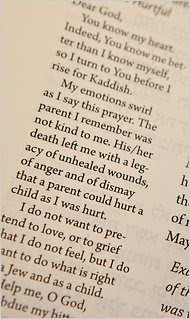
Are Films Bad, or Is TV Just Better?
By A. O. SCOTT
Attendance is down. At the water cooler, they’re talking about “Mad Men.” It’s hand-wringing time for cinephiles.
Think You’ve Seen It All? You Have
By BEN BRANTLEY
Broadway this season is the land of second chances for celebrities looking to reignite their careers and for plays that failed miserably in their first outings.
Embracing Malaise as a Plot Point
By ALESSANDRA STANLEY
New fall sitcoms (like “Raising Hope” and “Outsourced”) and dramas (“My Generation”) suggest a pervasive national sense of pessimism and decline.
Globetrotting While Staying Close to Home
By HOLLAND COTTER
Coming exhibitions provide familiarity with the rest of the world’s art, which means exposure to ideas and values that keeps museumgoers in the cosmopolitan loop.
Visions of India, Plum Fairies And a War
By ALASTAIR MACAULAY
The dance season includes Merce Cunningham’s “Xover” and a world premiere “Nutcracker” by Alexei Ratmansky for American Ballet Theater.
Wary Coronation
By JON PARELES
Kings of Leon, a grungy, nervy Southern rock band, has developed into full-fledged American hit makers, a commercial but unsettling position.
Are Films Bad, or Is TV Just Better?
By A. O. SCOTT
Attendance is down. At the water cooler, they’re talking about “Mad Men.” It’s hand-wringing time for cinephiles.
Think You’ve Seen It All? You Have
By BEN BRANTLEY
Broadway this season is the land of second chances for celebrities looking to reignite their careers and for plays that failed miserably in their first outings.
Embracing Malaise as a Plot Point
By ALESSANDRA STANLEY
New fall sitcoms (like “Raising Hope” and “Outsourced”) and dramas (“My Generation”) suggest a pervasive national sense of pessimism and decline.
Globetrotting While Staying Close to Home
By HOLLAND COTTER
Coming exhibitions provide familiarity with the rest of the world’s art, which means exposure to ideas and values that keeps museumgoers in the cosmopolitan loop.
Visions of India, Plum Fairies And a War
By ALASTAIR MACAULAY
The dance season includes Merce Cunningham’s “Xover” and a world premiere “Nutcracker” by Alexei Ratmansky for American Ballet Theater.
Wary Coronation
By JON PARELES
Kings of Leon, a grungy, nervy Southern rock band, has developed into full-fledged American hit makers, a commercial but unsettling position.






























